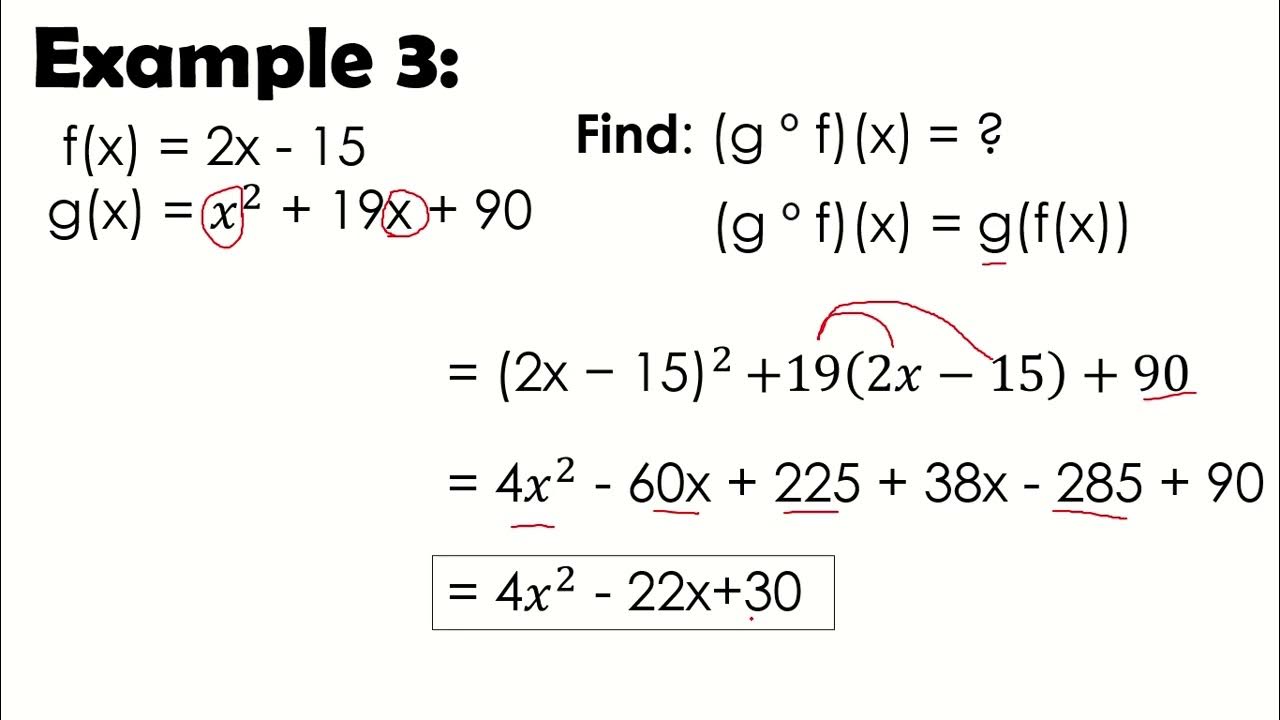Design Composite Pressure Vessel with Liner Using ANSYS ACP
Summary
TLDRThis video tutorial demonstrates how to design a composite pressure vessel using ANSYS, incorporating both linear and composite materials. The presenter explains how to define materials (polyethylene for the linear and UD carbon for the composite), create and modify the geometry, and set up the analysis model for static structural tests. The process covers meshing, defining orientations, setting ply configurations for the composite, and applying boundary conditions and loads. The video also includes tips on verifying the design and reviewing stress and deformation results to ensure a functional and strong pressure vessel design.
Takeaways
- 😀 The video demonstrates how to design and analyze a composite pressure vessel using ANSYS, combining linear and composite materials.
- 😀 The two materials used for the pressure vessel are Polyethylene (PE) for the linear material and Epoxy Carbon UD for the composite material.
- 😀 Engineering data setup is the first step, where the materials for both parts of the vessel (linear and composite) are defined.
- 😀 In the geometry setup, separate solids and surfaces are created for the linear and composite materials to ensure proper modeling.
- 😀 The composite material is designed by defining the orientation, stack-up, and material properties in ANSYS.
- 😀 The composite uses a 5-ply configuration with 0° and 90° angles, a common choice for unidirectional fiber materials.
- 😀 Meshing is performed on both the composite and linear parts using the default mesh size settings in ANSYS.
- 😀 After material properties are assigned, pressure and fixed support loads are applied to the vessel for the static structural analysis.
- 😀 A bonded contact region is defined between the linear and composite parts to simulate their interaction in the pressure vessel.
- 😀 The analysis results, including total deformation, stress, and strain, are visualized using section cuts and animations to assess the performance of the vessel.
- 😀 The video concludes by showing how to combine the linear and composite materials into one cohesive pressure vessel model for analysis.
Q & A
What is the main focus of the tutorial in the video?
-The main focus of the tutorial is to demonstrate how to design and analyze a composite pressure vessel in ANSYS, utilizing both linear and composite materials, specifically polyethylene and epoxy carbon UD.
What materials are used in the composite pressure vessel design in the video?
-The video uses polyethylene for the linear material and epoxy carbon UD for the composite material in the pressure vessel design.
Why is it important to define the materials separately for the linear and composite parts?
-It is important to define the materials separately because the linear part is made from polyethylene, while the composite part is made of epoxy carbon UD. Each material has different properties, and defining them separately ensures accurate simulation and analysis in ANSYS.
What is the first step in setting up the model for the composite pressure vessel in ANSYS?
-The first step is to open ANSYS and create a project schematic, which includes the engineering data, geometry, composite design (ACP), mechanical model for the linear design, and static structural setup for analysis.
What is the purpose of using a random number for the dimensions of the pressure vessel in this tutorial?
-The random number for the dimensions of the pressure vessel is used as a placeholder since the video does not provide specific reference dimensions. It is a way to proceed with the setup without needing predefined values.
Why is it necessary to duplicate the geometry in the design process?
-Duplicating the geometry is necessary because the composite and linear parts of the pressure vessel are designed separately. One geometry will be used for the composite, and the other for the linear material.
What is the purpose of the 'mesh' in the ANSYS simulation process?
-The mesh is used to divide the geometry into smaller elements, which are then analyzed for stress, strain, and deformation. A finer mesh allows for more accurate results in the simulation.
How does the video suggest handling the orientation and ply angles for the composite material?
-The video suggests creating multiple plies for the composite material with orientations of 0° and 90°. These plies are stacked with a specified thickness, and the angles are defined in the model setup to ensure correct material behavior.
What does the term 'bonded contact' mean in the context of the composite pressure vessel design?
-Bonded contact means that the linear and composite parts are assumed to be perfectly bonded together, with no relative movement between them. This is a simplification used for basic analysis in the tutorial.
How is the pressure applied to the pressure vessel in the simulation?
-The pressure is applied to the inside of the pressure vessel, specifically to the linear part. A fixed support is applied to the bottom of the vessel, and a pressure load is applied to the inside surface to simulate real-world conditions.
Outlines

Этот раздел доступен только подписчикам платных тарифов. Пожалуйста, перейдите на платный тариф для доступа.
Перейти на платный тарифMindmap

Этот раздел доступен только подписчикам платных тарифов. Пожалуйста, перейдите на платный тариф для доступа.
Перейти на платный тарифKeywords

Этот раздел доступен только подписчикам платных тарифов. Пожалуйста, перейдите на платный тариф для доступа.
Перейти на платный тарифHighlights

Этот раздел доступен только подписчикам платных тарифов. Пожалуйста, перейдите на платный тариф для доступа.
Перейти на платный тарифTranscripts

Этот раздел доступен только подписчикам платных тарифов. Пожалуйста, перейдите на платный тариф для доступа.
Перейти на платный тариф5.0 / 5 (0 votes)






